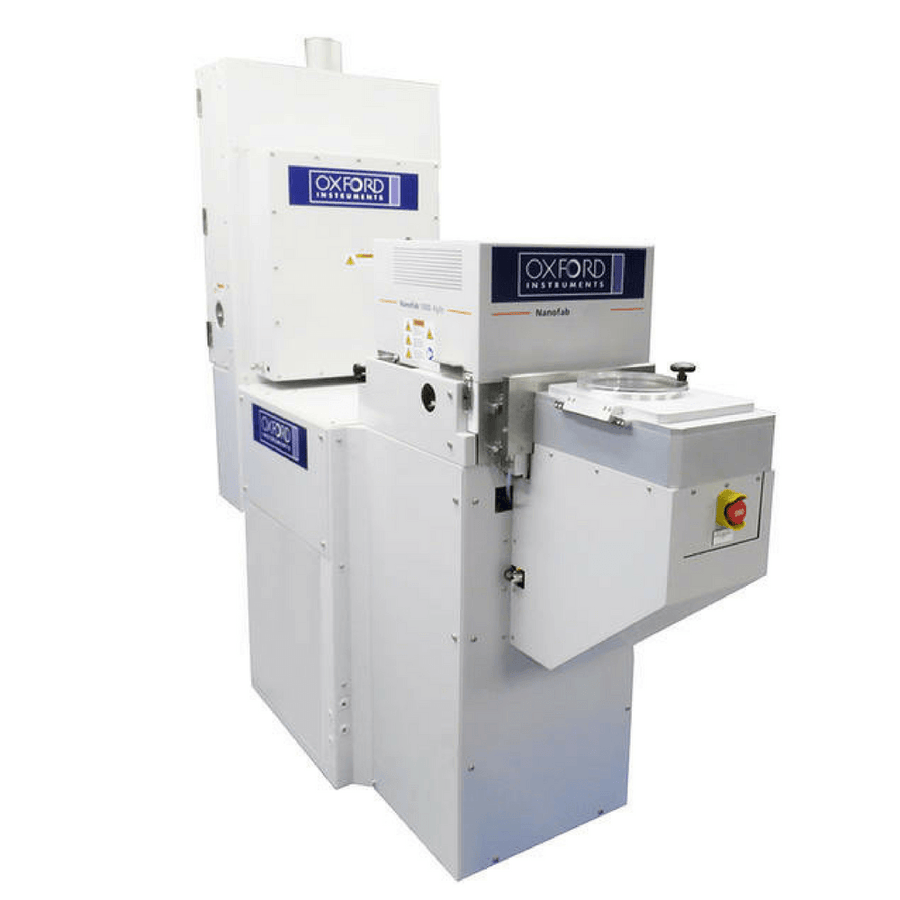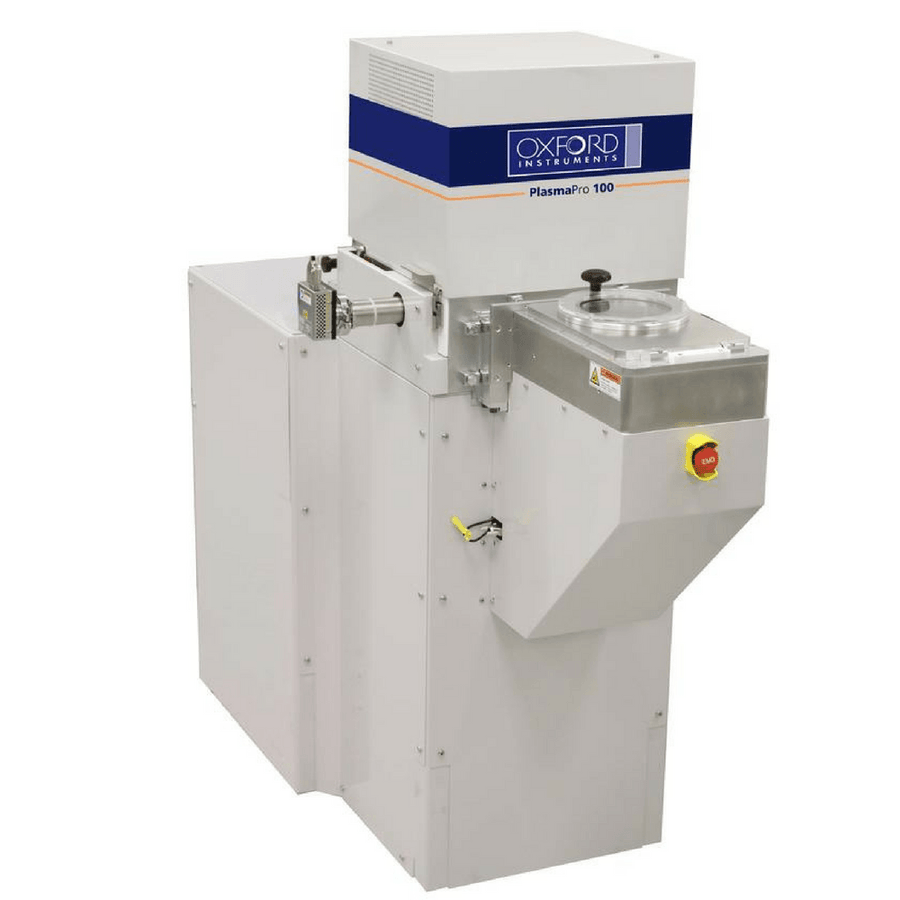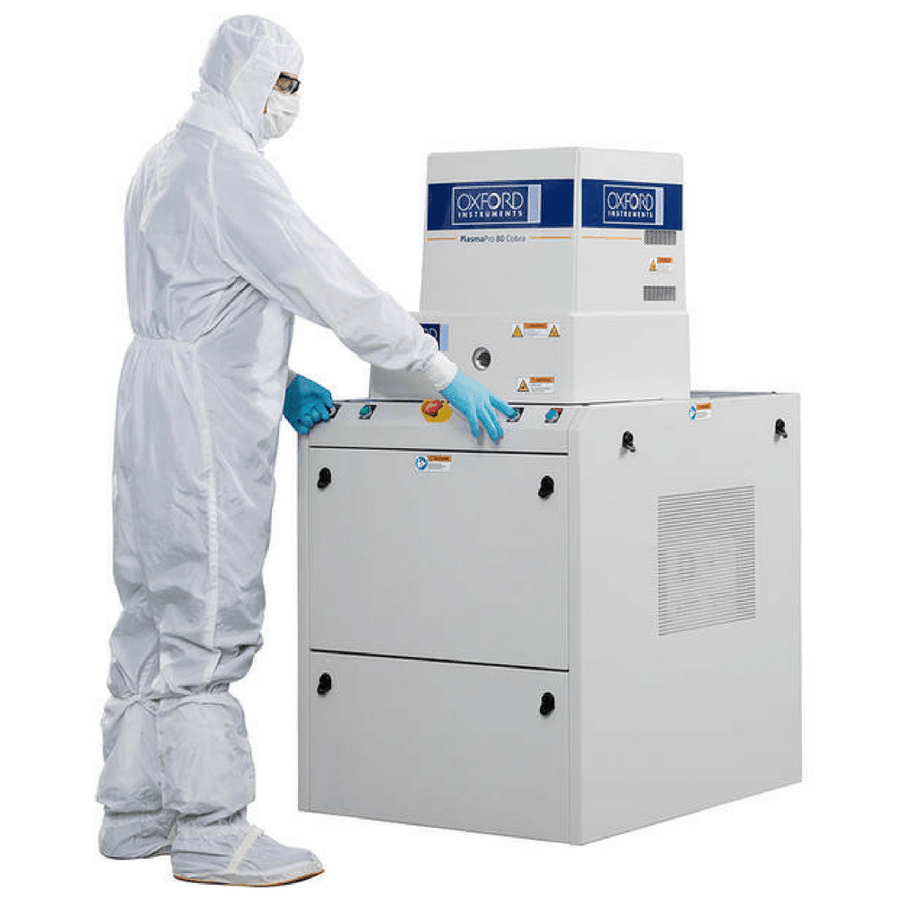Chemical vapour deposition tools can be categorised into three main types:
- Chemical Vapour Deposition (CVD)
- Plasma Enhanced Chemical Vapour Deposition (PECVD)
- Inductively Coupled Chemical Vapour Deposition (ICPCVD)
Chemical Vapour Deposition (CVD)
CVD is a well-established technique for deposition of a wide variety of films with different compositions and thicknesses down to a single layer of atoms.
Highlights
- Substrate sits directly on electrode which can be heated up to 1200˚C
- Gas injected into process chamber via “showerhead” gas inlet in the top electrode
- Solid/liquid precursor delivery system for novel processes such as 2D materials MOCVD, ZnO nanowire CVD etc.
- Automatic load lock to transfer sample directly on to a hot table and save time on heating and cooling.
- Plasma enhancement options for lower temperature deposition or plasma assisted conversion or functionalization as well as chamber cleaning.
- Wide range of processes possible in the same chamber
-
PlasmaPro® 100 Nano is a high temperature CVD/PECVD system tailored for high quality deposition of nanostructured materials and Silicon based thin films.

Plasma Enhanced Chemical Vapour Deposition (PECVD)
PECVD is a well established technique for deposition of a wide variety of films. Many types of device require PECVD to create high quality passivation or high density masks.
Our PECVD process modules are specifically designed to produce excellent uniformity and high rate films, with control of film properties such as refractive index, stress, electrical characteristics and wet chemical etch rate. Our plasma cleaning process with end-point control removes or reduces the need for physical/chemical chamber cleaning.
Key Benefits
- Top electrode RF driven (MHz and/or kHz); no RF bias on lower (substrate) electrode
- Substrate sits directly on heated electrode
- Gas injected into process chamber via “showerhead” gas inlet in the top electrode
- Film stress can be controlled by high/low frequency mixing techniques
- Lower temperature processes compared to conventional CVD
- Control over film stoichiometry via process conditions

Inductively Coupled Plasma Chemical Vapour Deposition (ICPCVD)
Creation of high density plasmas in the ICP source means this technique delivers deposition of high quality dielectric films at low temperature with low damage. Low temperature deposition means that temperature sensitive films and devices can be processed successfully.
Our ICP CVD process modules are designed to produce high
quality films with high density plasmas at low deposition
pressures and temperatures.
Highlights
- Independent control of ion energy and ion current density
- Typical process pressure: 1- 10 mtorr
- Plasma density: >1011 cm-3
- Plasma in contact with the substrate
- Low energy ion current during deposition
- Ion Current (Plasma Density) dependent on ICP power
- ESS (electrostatic screen) for a purely inductive plasma
- ICP is fully automatic (2 RF automatch units)











